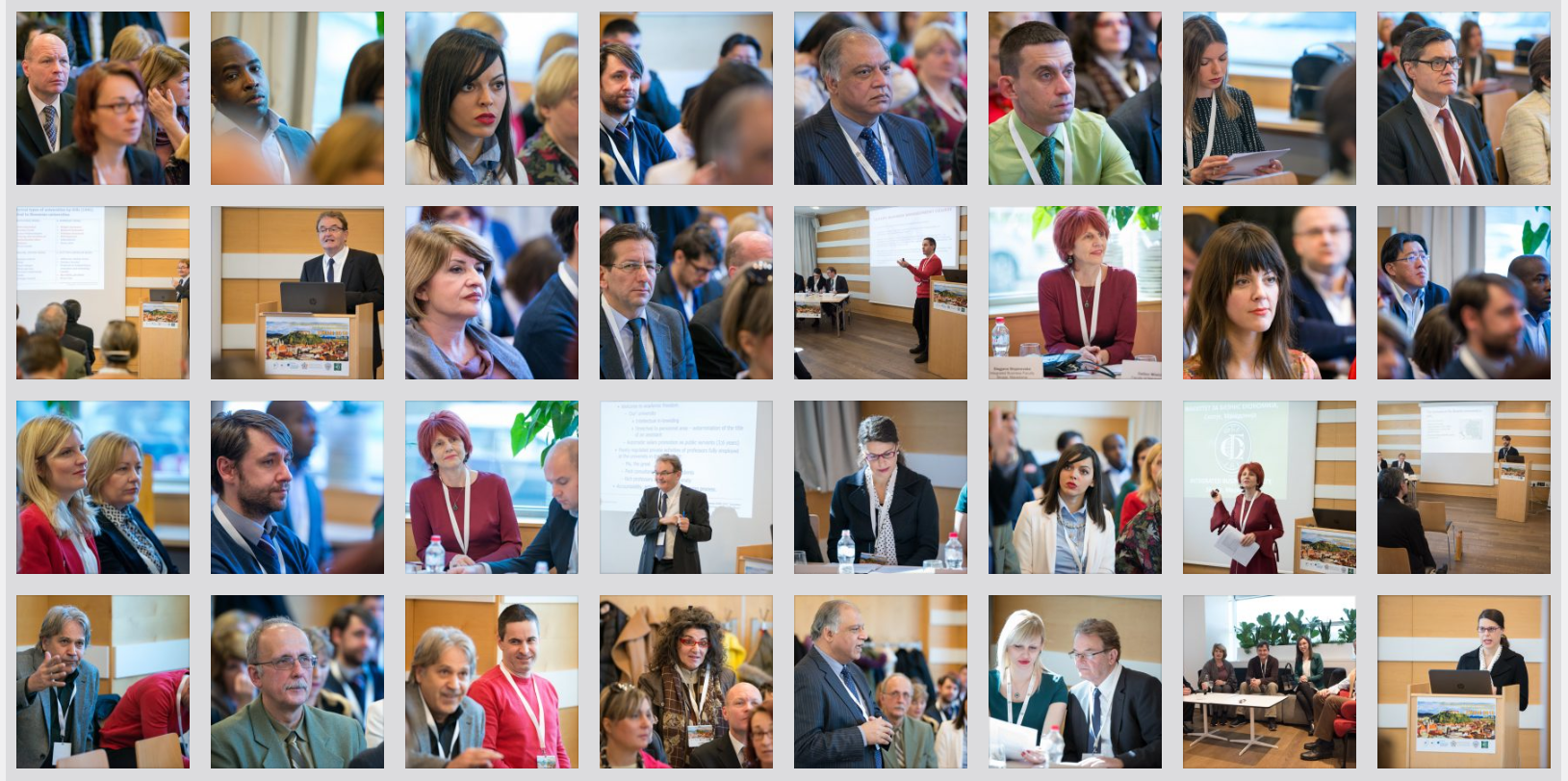Iris Mihajlović – University of Dubrovnik, Department of Economics and Business, Lapadska obala 7, 200000 Dubrovnik, Croatia
Lana Kudrić – University of Dubrovnik, Department of Economics and Business, Lapadska obala 7, 200000 Dubrovnik, Croatia
Keywords:
Intangible heritage;
Local population;
Local community;
Cultural products;
Education;
Promotion
Abstract: Emphasizing the attitudes of the population related to knowledge of cultural heritage, this paper focuses on the degree of engagement of the locals, creating local potential products that could contribute to the overall destination quality as to the fundamental marketing unit. In accordance with the role of intangible heritage, guided on premises of uniqueness, creativity, community responsibility, educational levels of the local population were researched in detail. A survey of 210 respondents was conducted throughout summer 2023, as a continuation of the primary research conducted in 2022. Emphasizing the presence of the local population’s traditional connection with the way of life, traditions and customs, the results show that the population of this region partially recognizes the originality of potential products. Obtained results indicate the necessity of increasing knowledge level, the usefulness of collaboration with local communities, and readiness to create innovations or improvements for capabilities to respond with quality when targeting on cultural marketplace.

Download full paper

8th International Scientific Conference – EMAN 2024 – Economics and Management: How to Cope With Disrupted Times, Rome, Italy, March 21, 2024, CONFERENCE PROCEEDINGS, published by: Association of Economists and Managers of the Balkans, Belgrade, Serbia; ISBN 978-86-80194-83-7, ISSN 2683-4510, DOI: https://doi.org/10.31410/EMAN.2024
Creative Commons Non Commercial CC BY-NC: This article is distributed under the terms of the Creative Commons Attribution-Non-Commercial 4.0 License (https://creativecommons.org/licenses/by-nc/4.0/) which permits non-commercial use, reproduction and distribution of the work without further permission.
REFERENCES
Bedford, W. (2024). Intangible Cultural Heritage: A Policy Tale of Two Nations. The Historic Environment: Policy & Practice, 15(1), 7–20. https://doi.org/10.1080/17567505.2023. 2293507
Lerenzini, F. (2011). The Living Culture of Peoples Intangible Cultural Heritage, European Journal of International Law, 22(1), 101-120.
Luekveerawattana, R. (2024). Enhancing innovation in cultural heritage tourism: navigating external factors. Cogent Social Sciences, 10(1). https://doi.org/10.1080/23311886.2024.2301813
Luger, K., & Wöhler, K. (2010). Immaterielles Kulturerbe und touristisches Potenzial: Einleitung, in: Kulturelles Erbe und Tourismus: Rituale, Traditionen, Inszenierungen, ed. Kurt Luger and Karlheinz Wöhler, Innsbruck: Studienverlag Ges.m.b.H.
Spode, H. (2013). Homogenisierung und Differenzierung. Zur Ambivalenz touristischer Chronotopie-Konstruktion, in Kultur all inclusive: Identität, Tradition und Kulturerbe im Zeitalter des Massentourismus, ed. Burkhard Schnepel, Felix Girke and Eva-Maria Knoll, Bielefeld: transcript Verlag.
Timoney, S. (2024). Staying local – experiencing local landscapes and the potential of hidden stories. International Journal of Heritage Studies, 30(5), 540–557. https://doi.org/10.1080/13527258.2024.2320338
Towse, R. (2014). Advanced Introduction to Cultural Economics,, Edward Elgar Publishing, ISBN 9781781954911.
UNESCO. (2020). Basic texts of the 2003. (Article 2, 2003 Convention for the Safeguarding of the Intangible Cultural Heritage).

